Credit to GalacticaAsia's A340-600
Thanks to SimpleplanesJP11 for offering to take the thumbnail screenshots.
About the A340 and -600 variant
The Airbus A340 is a long-range, wide-body passenger airliner that was developed and produced by Airbus. In the mid-1970s, Airbus conceived several derivatives of the A300, its first airliner, and developed the A340 quadjet in parallel with the A330 twinjet. In June 1987, Airbus launched both designs with their first orders and the A340-300 took its maiden flight on 25 October 1991. It was certified along with the A340-200 on 22 December 1992 and both versions entered service in March 1993 with launch customers Lufthansa and Air France. The larger A340-500/600 were launched on 8 December 1997; the A340-600 flew for the first time on 23 April 2001 and entered service on 1 August 2002. The aircraft continued production until 2012 after a total of 380 aircraft were built. The low number of aircraft built is due to the fact that the aircraft was developed in the 90s when fuel prices were rising, and being a quadjet is much more expensive to operate than its sister, the A330.
Keeping the eight-abreast economy cross-section of the A300, the A340-500/600 has a similar airframe to the A330. Both airliners have fly-by-wire controls, which was first introduced on the A320, as well as a similar glass cockpit. Compared to the A340-200/300, the later A340-500/600 have larger wings and are powered by 275 kN (62,000 lbf) Rolls-Royce Trent 500 engines for a heavier 380 t (840,000 lb) MTOW.

The cockpit of a Thai Airways A340-600, HS-TND, at Melbourne Airport (IATA: MEL / ICAO: YMML) on January 15th, 2006.
Designed to replace early-generation Boeing 747 airliners, the A340-600 is capable of carrying 379 passengers in a three-class cabin layout for 13,900 km (7,500 nmi). It provides similar passenger capacity to a 747 but with 25 percent more cargo volume and with lower trip and seat costs. The first flight of the A340-600 was made on 23 April 2001. Virgin Atlantic began commercial services in August 2002. The variant's main competitor is the 777-300ER. The A340-600 was replaced by the A350-1000.
The A340-600 is 12 m (39 ft 4.4 in) longer than a -300, more than 4 m (13 ft 1.5 in) longer than the Boeing 747-400 and 2.3 m (7 ft 6.6 in) longer than the A380, and has two emergency exit doors added over the wings. It held the record for the world's longest commercial aircraft until the first flight of the Boeing 747-8 in February 2010. As with the -500, it has a four-wheel undercarriage bogie on the fuselage centre-line to cope with the increased MTOW along with the enlarged wing and rear empennage. Upper deck main cabin space can be optionally increased by locating facilities such as crew rest areas, galleys, and lavatories upon the aircraft's lower deck.
Both the A330 and A340 were announced on January 27th, 1986, when Airbus Industrie Supervisory Board held a meeting in Munich, West Germany, after which board-chairman Franz Josef Strauß released a statement, "Airbus Industrie is now in a position to finalise the detailed technical definition of the TA9, which is now officially designated the A330, and the TA11, now called the A340, with potential launch customer airlines, and to discuss with them the terms and conditions for launch commitments".

Airbus Board-Chairman Franz Josef Strauss
A340-600 Specs & Info
-Length: 247ft 3in/75.3m
-Height: 58ft 10in/17.93m
-Wingspan: 208ft 2in/63.45m
Aircraft Type Designation
ICAO: A346
IATA: 346

The A340-600 prototype, an A340-642 registered F-WWCA at the 2004 Farnborough Airshow. The aircraft is preserved at Aeroscopia in Toulouse.

The first A340-600 to enter commercial service, G-VSHY and named 'Madam Butterfly' with launch customer Virgin Atlantic at Heathrow Airport (IATA: LHR / ICAO: EGLL) on June 18th, 2005

The cabin of a Iberia A340-642 (Registration: EC-IQR) at Adolfo Suárez Madrid–Barajas Airport (IATA: MAD /I CAO: LEMD) on July 1st, 2004.
About Iberia
IATA Code: IBE
ICAO Code: IB
Callsign: IBERIA
Primary Hub: Adolfo Suárez Madrid–Barajas Airport
Headquarters: Ciudad Lineal, Madrid, Spain
Years Active: 1927-Present

The current Iberia logo

Iberia's first plane, a Rohrbach Ro VIII Roland, M-CBBB, in Madrid 1927

An Iberia Junkers Ju-52, EC-ADP, in Madrid 1949. Kept the same livery on previous aircraft, although the tail was now proudly painted with a prominent Spanish flag used from 1937-1944

An Iberia DC-4, EC-ACD, at Heathrow Airport on August 3rd, 1957 wearing the 'Red Lightning Bolt' livery used from 1944-1967.

An Iberia DC-10-30, EC-CBN, at Madrid–Barajas Airport on May 6th, 1973 wearing the 'IB Globe' livery used from 1967-1977. On December 17th, 1973, this aircraft, operating as Flight 933, crashed at Boston Logan International Airport (IATA: BOS / ICAO: KBOS) with no fatalities, though it marked the first hull loss of a DC-10.

An Iberia Boeing 727-256, EC-DDU, landing at Heathrow Airport (IATA: LHR / ICAO: EGLL) on March 22nd, 1980, wearing the 'Spanish Crown' livery used from 1970-2013. On February 19th, 1985, this aircraft, operating as Flight 610, crashed into a mountain ravine while on approach to Bilbao Airport (IATA: BIO / ICAO: LEBB), claiming the lives of 148 occupants and claiming the title as the worst crash in the history of Iberia.

An Iberia A350-941 (Registration: EC-NXD) at Gran Canaria Airport (IATA: LPA / ICAO: GCLP) on October 14th, 2022, painted in the Iberia post British Airways merger livery. Shoutout to Norwegian in the background. Also another tragic example of corporate logo simplification. Whoever decided on this livery should feel bad.
Initially named Iberia, Compañía Aérea de Transportes, the company was founded with an investment of 1.1 million pesetas in June 1927. Operations commenced six months later with three Rohrbach Roland aircraft. As soon as 1928, however, the then military dictatorship of Miguel Primo de Rivera decided that aviation companies were public utilities and brought most of them under state control. While the brand 'Iberia' was still registered, the airline merged with four other companies into Compañía de Líneas Aéreas Subvencionadas (CLASSA).
The airline was rebranded as Iberia when operations began in 1937 in support of the nationalist effort during the Civil War. At first, it flew six Junker Ju 52 provided by Deutsche Luft Hansa. In 1940, one year after the first international service to Lisbon, the Spanish government gave Iberia the monopoly on the country's air traffic. The Franco regime then proceeded to nationalize the carrier in 1944, and it became part of the Instituto Nacional de Industria. The airline was finally privatized in 2001.
In 1946, Iberia was the first airline to fly between Europe and South America after World War II, using a Douglas DC-4 to operate flights between Madrid and Buenos Aires. In 1953, following the Pact of Madrid, demand for transatlantic flights between Spain and the US increased, and this demand was met using a small fleet of Lockheed L-1049 Super Constellations. In the 1960s, Iberia acquired both DC-8s, DC-9s, and Sud Aviation SE 210 Caravelles, followed by 727s, 747s, and DC-10s in the 1970s.
In 1991 the airline founded Europe's first frequent flyer program. In 1998, it ordered 76 Airbus aircraft, the largest single Airbus order at the time, and since then has acquired and owned multiple varieties of aircraft from multiple companies, having one of the most diverse historical fleets of any airline.
Iberia 6463: Unstable Approach

The accident aircraft (Registration EC-JOH) at Chicago O'Hare International Airport (IATA: ORD, ICAO: KORD) on April 23rd, 2006
Obligatory not a pilot disclaimer
Friday, November 9th, 2007. A year old Airbus A340-642 registered EC-JOH and named 'Miguel De Unamuno' is operating as Iberia Flight 6463 with regular service from Spain's Adolfo Suárez Madrid–Barajas Airport to Ecuador's Mariscal Sucre International Airport (IATA: UIO/ICAO: SEQU). On board are 359 occupants; 345 passengers, 11 cabin crew, and 3 pilots. The aircraft is equipped with four Rolls-Royce Trent 556A2-61 engines.
In command of the flight is a 51 year old captain with 14,024 flight hours, 2,375 of which are on the A340. Acting as pilot monitoring is a 40 year old F.O. with 10,095 flight hours, 1,742 on the A340. Also in the cockpit is a 38 year old second officer with 8,924 flight hours, 2,793 on the A340.
At 16:50 Local Time, the crew contacts Quito Approach and receives descent instructions in preparation for an instrument approach for runway 35. The weather condition is less than desirable, with low visibility and light to moderate rain. The crew is informed that flights landing before it had reported medium to poor braking action, and the crew sets the auto braking to high. The aircraft is then established on the localizer. Two things should be noted here. The first is that the old Mariscal Airport was situated as an altitude on 10,000ft where the air is thinner, meaning a higher approach speed is needed. The second is that due to obstacles, the ILS beacon was placed further down the runway, reducing the runway space for aircraft using the ILS approach. Keep this in mind.
At 17:05, the crew reports runway in sight and is cleared to land. The controller states that the wind is blowing 170 at 4 and that the runway is wet, along with informing them that braking action is poor. The pilot in command, following Iberia procedures, leaves the ILS glideslope and captures the PAPI light visual glide path. He disengages the autopilot which was being used for the approach up until that moment. Several seconds later, the approach becomes unstable and the aircraft begins dropping, an audible sink rate warning is heard in the cockpit.
The aircraft touches down hard 200m past the threshold and experiences a vertical acceleration of 3.09g. The spoilers deploy automatically, and multiple main gear tires burst. Additionally, the main landing gear articulation links break, cutting wiring in the landing gear and thus cutting the sensors in the landing gear which detect if the plane is on the ground or not. As a result, the aircraft computers don't recognize that the aircraft has landed.
The result of this causes the aircraft to increase power to the engines to approach idle power. The copilot, for reasons unknown, involuntarily moves the flaps lever from the full position to flaps 2, decreasing drag on the aircraft. The crew receives warnings from the computer about the brakes, and the auto braking disconnects, leaving the crew to use full manual braking. The crew also selects reverse thrust. However, not matter how hard the crew presses on the brake peddles, the aircraft doesn't seem to respond. The pilots also attempt to use the alternate braking system, but this also fails. The aircraft shoots down the 10170ft/3100m runway, overrunning the runway at a speed of 90 knots and smashes through the ILS localizer, coming to a stop 761ft/232m from the end of runway 35.

The aircraft at a rest past the end of runway 35

The wreckage at night
With the aircraft seemingly intact, the pilots do not order an immediate evacuation via the slides and instead asks the tower to see if stairs can be bought to the aircraft, though after 30 minutes it becomes clear that the stairs cannot reach the aircraft in the muddy terrain and is evacuated via the slides. All onboard survive, with only 2 minor injuries sustained during the evacuation.
The aircraft itself is the only casualty, being one of only 6 hull losses of the A340 at the time of writing. Damage to the aircraft included the left main gear strut being separated from the aircraft, the right main gear strut being severely bent, damage to all but one tire, the pylons of both engine 1 and 2 being deformed and partially separated from the aircraft from severe torsion, a crack in the left wing, and damage to the landing gear wiring harnesses. It was subsequently written off and scrapped in Quito.

Left side of the aircraft. Visible damage to the No. 1 and 2 engines, main landing gear, and underbelly.

The aircraft being scrapped in Quito
The cause of the accident was attributed to pilot error. From the Spanish final report, "The Board of Inquiry finds that the probable cause of this event was the decision of the crew to initiate and carry out the approach to the airport in Quito, with the known facts of the state of the runway, weather conditions and aircraft weight and not to abandon the approach, forcing the capture of the path of PAPI beyond the parameters of stabilization. Issues determined to make a hard landing that damaged important parts of the aircraft that made it impossible to stop on the track." In addition, the crew did not have proper regulations and procedures for the approach and despite being the captain having landed in Quito several times, none of the crew were experienced in landing at this airport in this type of weather. In 2013 the airport was closed and a new airport of the same name was constructed.
Spanish Final Report
Aviation Safety Network Entry
Footage of the Aircraft
Video Covering Incident
More In Depth Video
Specifications
Spotlights
- RicardoACE 1.9 years ago
- Inuyasha8215 1.9 years ago
- Decembermin 2.9 years ago
- 929 2.9 years ago
- YarisSedan 2.9 years ago
- Dragoranos 2.9 years ago
- Brololxd 2.9 years ago
- JP11 2.9 years ago
- 1714 2.8 years ago
- TheFlightGuySP 2.9 years ago
- RepublicOfCursedPlanes 2.9 years ago
General Characteristics
- Predecessor A340-600
- Successors 5 airplane(s) +20 bonus
- Created On Windows
- Wingspan 208.2ft (63.5m)
- Length 245.8ft (74.9m)
- Height 56.6ft (17.3m)
- Empty Weight N/A
- Loaded Weight 201,600lbs (91,444kg)
Performance
- Power/Weight Ratio 0.902
- Horse Power/Weight Ratio 0.029
- Wing Loading 35.1lbs/ft2 (171.4kg/m2)
- Wing Area 5,742.5ft2 (533.5m2)
- Drag Points 18823
Parts
- Number of Parts 933
- Control Surfaces 9
- Performance Cost 4,767

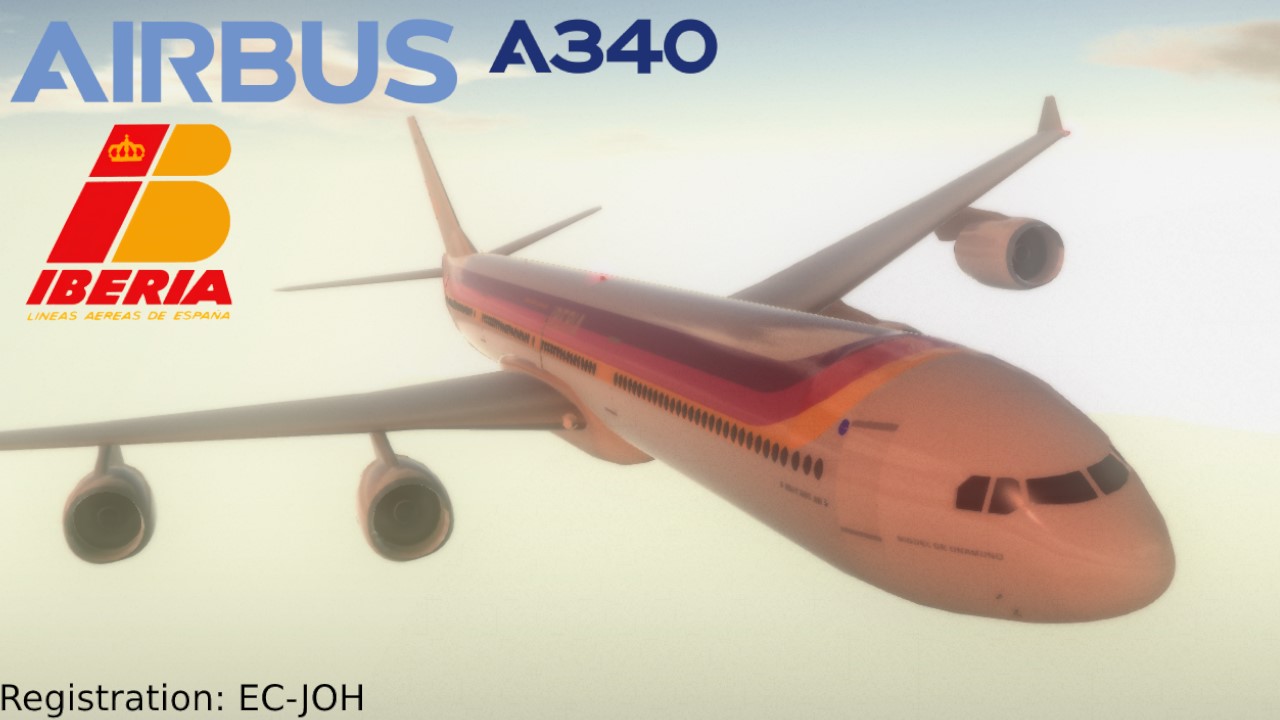
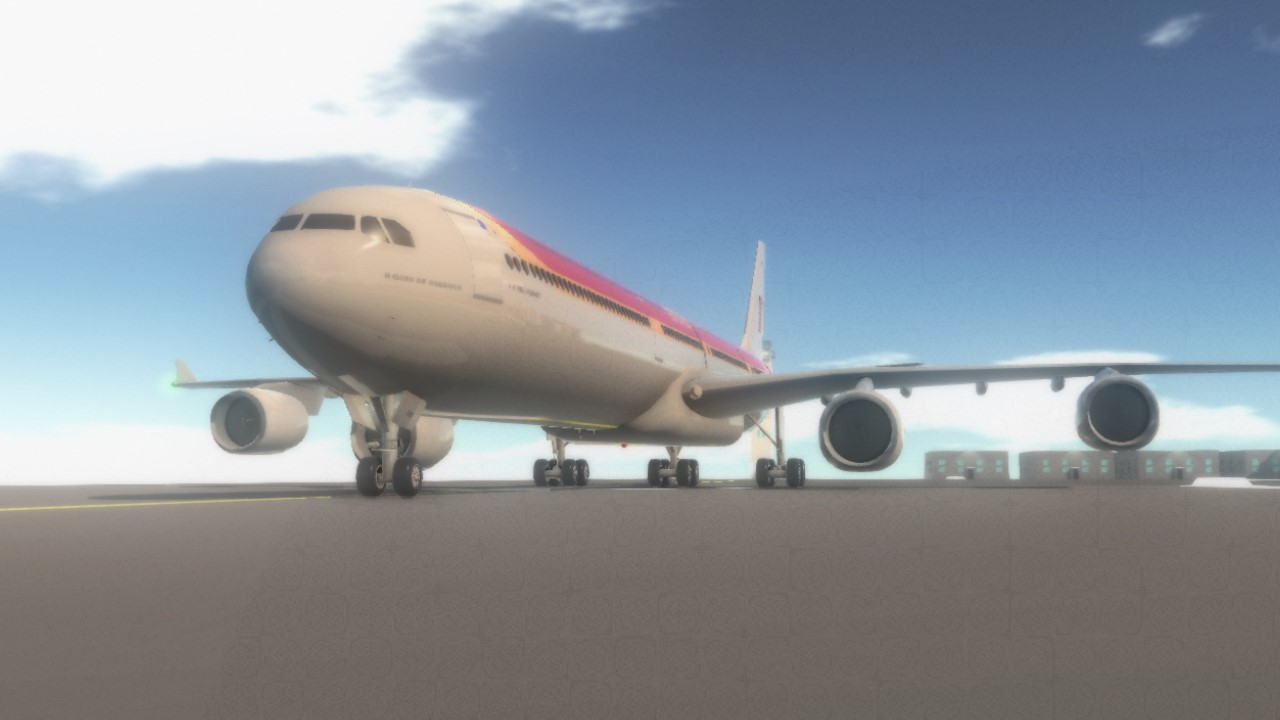
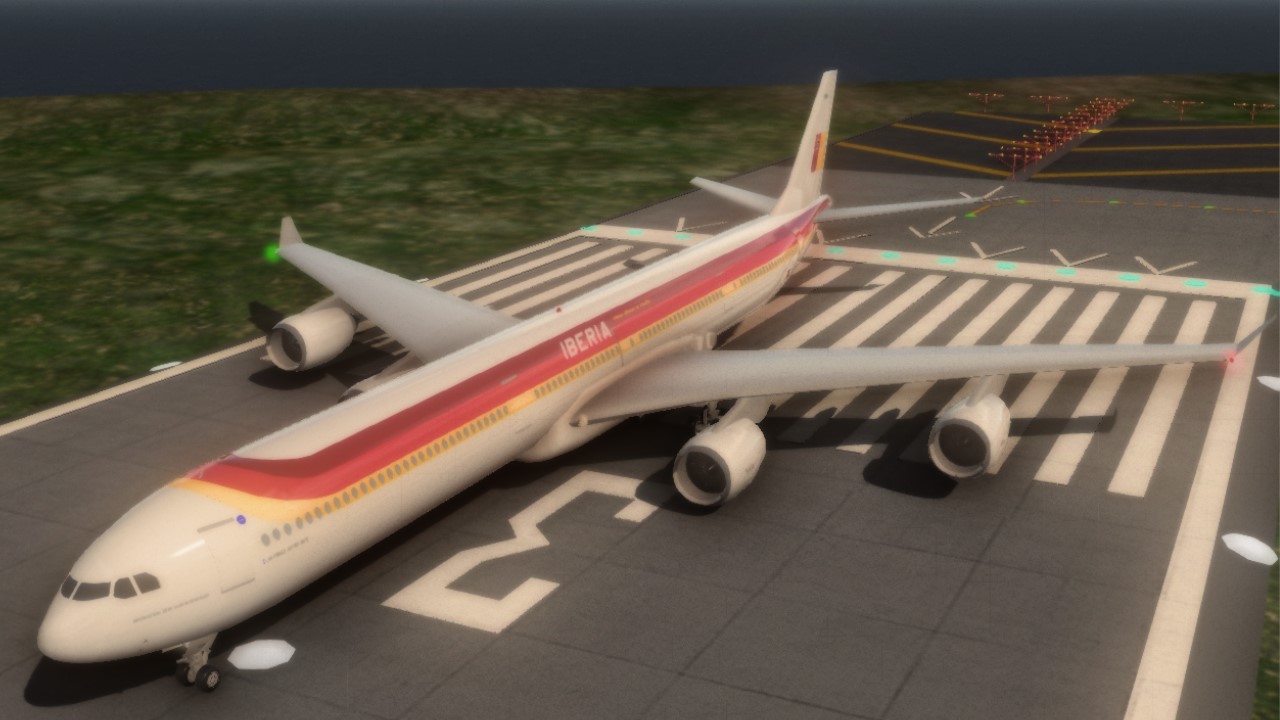
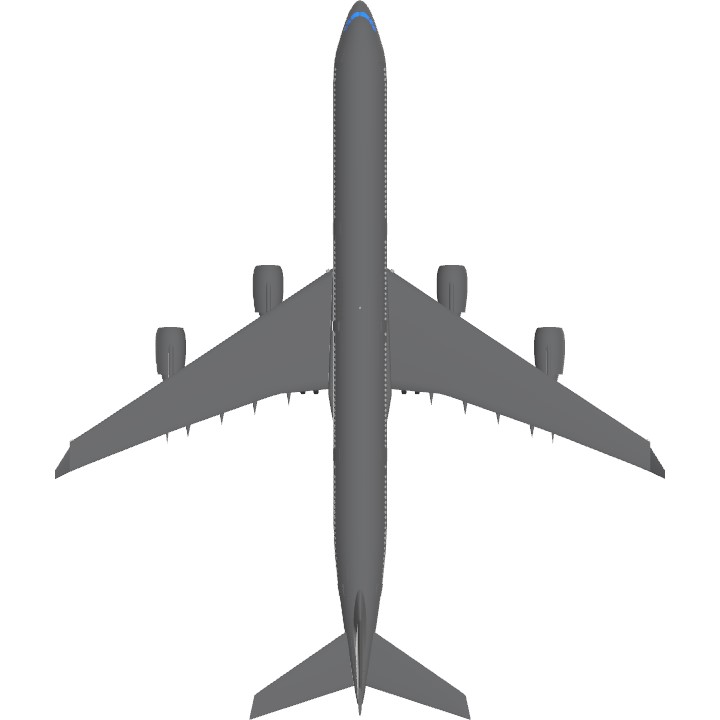
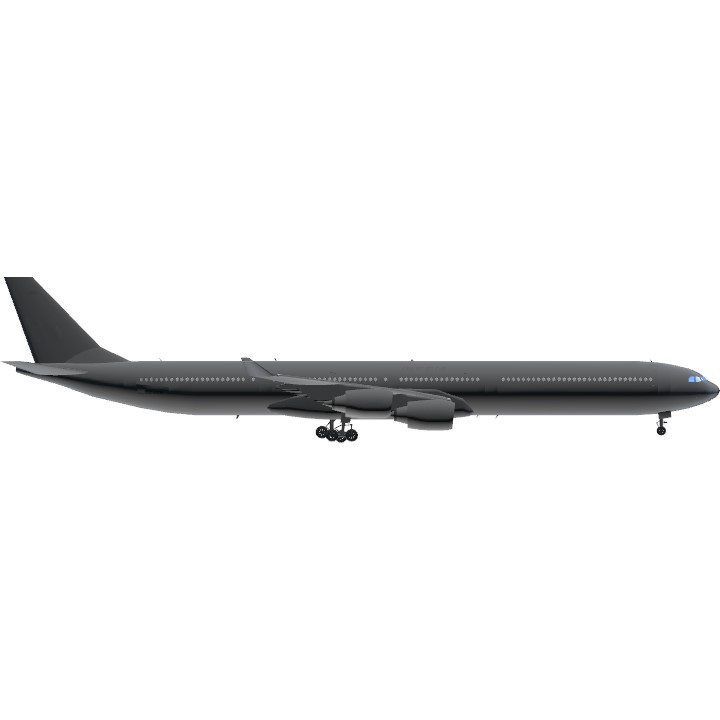
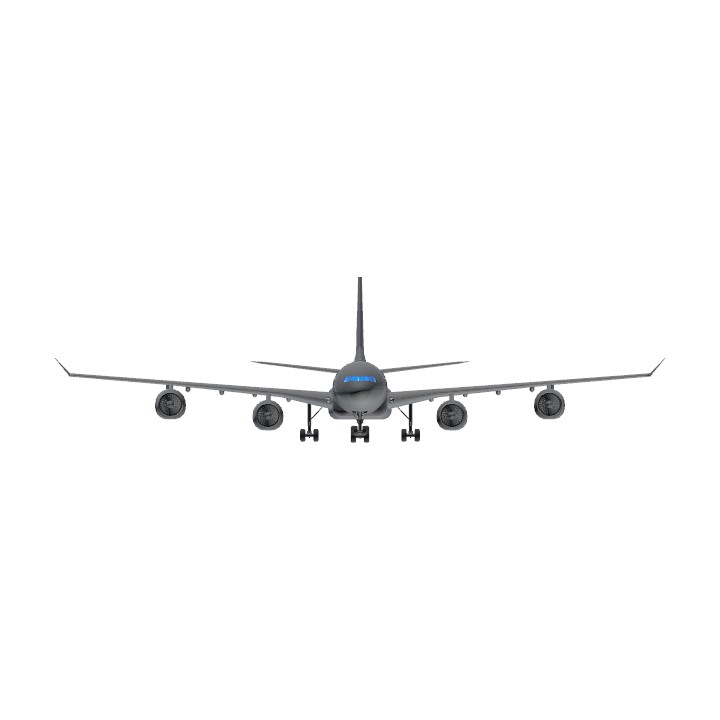
Comments Link
Requested Tags:
@Inuyasha8215 @Dragoranos @Scratchoza
Requested Tags:
@FlightFun @HuskyDynamics01 @goboygo1
Requested Tags:
@AlbertanPlaneMaker @TheFlightGuySP @RepublicOfCursedPlanes
Original Creator Tags
@GalacticaAsia @SimpleplanesJP11
1000000%butter machine🧈🧈🧈🧈🧈👍👍
Thank you very much! A340-600 is my favorite aircraft, I couldn't find a version that worked normally!
@DatRoadTrainGuy19
Ngl, half of the description is usually copy/pasted from available sources. Not gonna take credit for stuff I didn’t write.
Also the other person is right. I mean… I live in Ohio so they do be speaking facts.
@KnightofRan shut up, all you did was comment ohio repeatedly with no substance or heck even humor at all
My man created a whole f**king essay, just amazing at how much time my guy has spent on creating a detailed essay!
@Brololxd
Indeed! I have something very special planned for gold. Potentially even two very special things if I have the energy and motivation
You are almost at gold! Congrats!
Ohhhh ITS COOL
@ApplePies84
You'll have to wait and see :)
@AlbertanPlaneMaker sausage
What are you going to build next? @DeadlyDialga
A340-500 being the A340 with the longest range in the family: 🤨
I think I should make an A330 in the new Iberia livery
@RepublicOfCursedPlanes
Thank you for reminding me. Was late when I posted this... pretty much went to bed right after posting and completely forgot to do that XD
@Legomaster0418
Thanks! It was hell to make
This is the first nice Iberia livery on the site. Love it!
@DeadlyDialga you should update the “latest release” section in your bio
also epic livery
5APU